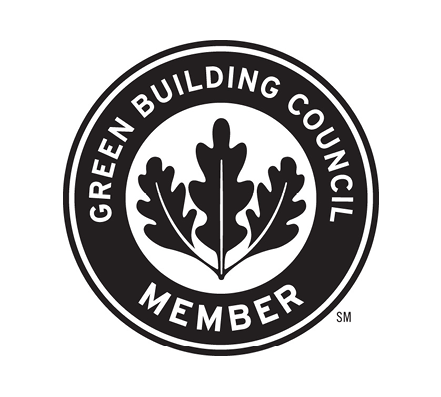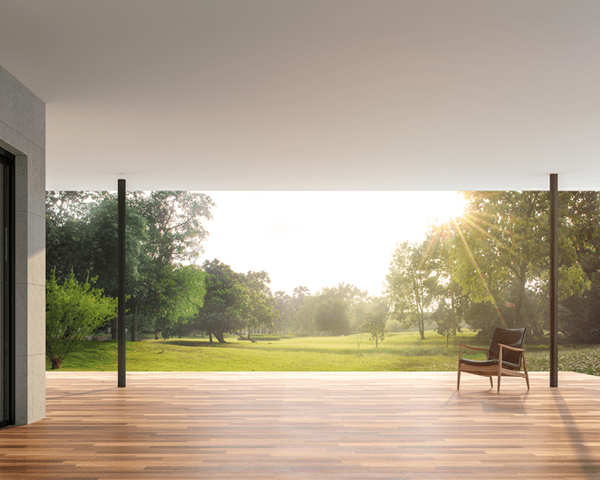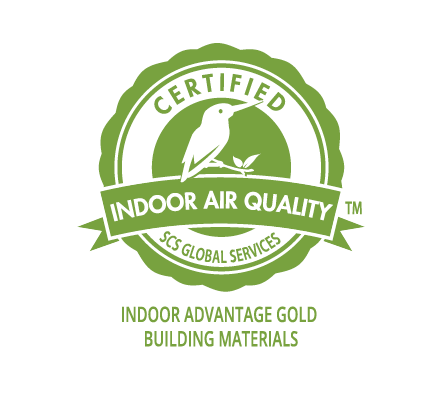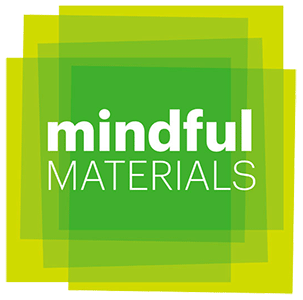 Throughout the construction industry, the pressure is on to build sustainably. With the advent of governmental regulatory frameworks like the State of California’s South Coast Air Quality Management District (SCAQMD), the days of discounting the environmental impact of flooring products and installation practices are long over.
Throughout the construction industry, the pressure is on to build sustainably. With the advent of governmental regulatory frameworks like the State of California’s South Coast Air Quality Management District (SCAQMD), the days of discounting the environmental impact of flooring products and installation practices are long over.
Sustainability in the flooring industry is not limited to the covering itself, but also includes all the components that contribute to covering installations in new construction projects – especially adhesives.
Traditionally, adhesives have been formulated for such qualities as their tack, cost efficiency, working time and ease of application. Today’s specifiers still look for those qualities, but they also need to be wary of whether every product that is chosen for green buildings contributes to LEED, the WELL Building Standard, Living Building Challenge and many more green-building certification programs. Let’s look at what that means.
 Developed by the U.S. Green Building Council (USGBC), LEED is a green-building rating system that is aimed at improving energy efficiency and environmental practices of the built environment. The LEED certification is the most globally recognized green building standard in the world.
Developed by the U.S. Green Building Council (USGBC), LEED is a green-building rating system that is aimed at improving energy efficiency and environmental practices of the built environment. The LEED certification is the most globally recognized green building standard in the world.
The sustainable attributes of certain products contribute to multiple versions of LEED and LEED credits, including Materials and Resources (MR), Environmental Product Declarations (EPDS), Sourcing of Raw Materials, Material Ingredients and Indoor Environmental Quality (IEQ) Low-Emitting Materials credits.
The Living Building Challenge (LBC) is an international sustainable-building certification program that was created in 2006 by the International Living Future Institute (ILFI). LBC is considered the world’s most rigorous green-building certification program and sustainable design framework. LBC visualizes the ideal for the built environment. It uses the metaphor of a flower because the ideal built environment should function as cleanly and efficiently as a flower.
The sustainable attributes of certain products contribute to multiple versions of LBC and LBC imperatives, which include Materials Petal – Red List and Health + Happiness Petal – Healthy Interior Environment.
The WELL Building Standard is the world’s first architectural benchmark that focuses exclusively on human health and wellness to improve sustainability. Developed by the International WELL Building Institute, the WELL Building Standard is an evidence-based system for measuring, certifying and monitoring the performance of building features that impact health and well-being.
The sustainable attributes of certain products contribute to multiple versions of WELL and WELL features, which includes WELL Materials – Materials Transparency.
A leading concern for adhesives to meet the challenges of green building standards is the level of VOCs that each adhesive contains. Many manufacturers are quick to add labels like “low VOC” or “zero VOC” to their products without anything substantial to back the claim up – something known as “greenwashing.” Of course, that does not mean that they are safe or good for your health, nor does it mean that they are free of toxic chemicals.
VOC content (what is in the product) does not correlate to VOC emissions (what the product emits). Thus, products with zero or low VOCs can still emit VOCs. To confidently select healthy products, customers should look for products that have been third-party tested and certified.
 The SCS Indoor Advantage Gold certification demonstrates compliance with the most rigorous indoor air-quality emissions standards in North America – the CDPH/EHLB method (CA 01350) v1.2-2017. To be certified, products must be independently tested following specific protocols for measuring VOC emissions.
The SCS Indoor Advantage Gold certification demonstrates compliance with the most rigorous indoor air-quality emissions standards in North America – the CDPH/EHLB method (CA 01350) v1.2-2017. To be certified, products must be independently tested following specific protocols for measuring VOC emissions.
Indoor Advantage Gold ensures full compliance with the California Department of Public Health’s (CDPH’s) “Standard Method for the Testing and Evaluation of Volatile Organic Chemical Emissions from Indoor Sources.” Certification qualifies products to contribute to points under LEED v4, the U.S. Green Building Council, the WELL Building Standard, Living Building Challenge and more. This certification can also qualify products under the Collaborative for High Performance Schools (CHPS) and the Green Guide for Health Care for the low-emitting materials credits.
MAPEI Corporation is one company that has a longtime commitment to R&D and currently focuses 70% of its extensive R&D budget on finding more sustainable solutions, including for high-performance green buildings. In recent years, this search has led to the introduction of adhesives that meet higher standards for sustainability and product performance than ever before.

Wood-flooring adhesives like the 100%-solids, modified-silane Ultrabond ECO 983 and the premium, hybrid-polymer-based Ultrabond ECO 985 are both formulated without water, solvents, amines, isocyanates, phthalate plasticizers or epoxy resins, and have an extremely low emission level of VOCs.
Ultrabond ECO 983 provides excellent bond strength and moisture control up to 15 lbs. (6.80 kg) moisture vapor emission rate (MVER) and 90% relative humidity (RH), which proves sustainability and great performance can co-exist. Ultrabond ECO 907, a fast-curing, 100%-solids, moisture-curing, gun-grade adhesive designed for basic wood subfloor construction practices and repairing of wood flooring, is another example.
These three products are among more than 375 MAPEI products that have undergone third-party testing by SCS to achieve their Indoor Advantage Gold certification. Additionally, all the company’s products meet SCAQMD’s Rule 1168 for Adhesives and Sealants or Rule 1113 for Paints and Coatings.
 The wealth of information about sustainability in building materials does not end there. The mindful MATERIALS Library aggregates product-sustainability information while minimizing redundant effort on the part of designers.
The wealth of information about sustainability in building materials does not end there. The mindful MATERIALS Library aggregates product-sustainability information while minimizing redundant effort on the part of designers.
Rather than being a certification, mindful MATERIALS is a collaborative product-certification library. It enables manufacturers to showcase product transparency and optimization information, and enables industry professionals to search for a multitude of relevant products.
Designed by stakeholders from across the building industry, the mindful MATERIALS Library is a practical product-selection tool for those who need to incorporate product-transparency information into their real-time decisions when working on new and existing buildings. Backed by vetting efforts of the mindful MATERIALS Review Working Group, as well as direct connections to verified data from integrated auditors/certifiers, confidence in mindful MATERIALS Library data is strong.
For additional information, including other green building standards and certification systems to which MAPEI’s wood-flooring adhesives contribute, contact [email protected] or visit our Product Information Library Website page. On this page, you can find Sustainability Product Reports and other sustainability certifications and attributes for MAPEI products.
Comments
Load more comments